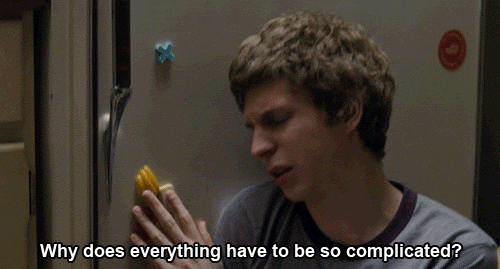How to Create A Multimodal Mobile App People Want To Use

Creating mobile apps for parking and transit is a lot more exciting than it sounds.
Grappling our own experience with each client’s individual needs and expectations proves a challenge, no matter how many times we do it. And it’s not for a lack of trying; rather, we’re all still trying to figure out how we can make the user’s experience so out of this world, they’ll use our apps over and over again. While we all agree this is the goal, there is a lot of tripping and stumbling to the finish line. In my time working as a graphic designer for Passport, these are a list of items I’ve learned to keep in mind when developing a multimodal app:
Make sure your app looks good

Surprise,surprise, the graphic designer thinks mobile apps should look pretty. But in all seriousness, design is just as important as how the app functions. One of the first things a new user will notice about an app is how it looks, and we can all agree first impressions are very important. You’re not going to excite most people with a parking or transit app; so draw them in with dynamic color and interesting imagery. Find a good balance between functionality, professional messaging, and attractive designs.
But design is also very subjective; what you think works well may be someone else’s worst nightmare. Look to industry leaders for inspiration as you develop your app’s appearance.
K.I.S.S. – Keep it simple, stupid

Parking and public transportation are difficult enough as it is. Throw in an app that’s supposed to make your user’s life easier, but is impossible to use – you’re in for a world of hurt. If you plan on retaining your user base, keep your app flow as simple and straightforward as possible. Skip the long onboarding process and minimize the amount of steps it takes to accomplish one objective. In the beginning of development, keep slimming down the app’s functionality until you can’t take anything more away without the whole thing falling apart. Remember: your app exists to simplify the transportation process and make users feel good while using it.
Put yourself in their shoes

The best way to make sure your app is actually utilized is by identifying your target audience and identifying “pain points” they face throughout their day. For instance, Millennials are known for not carrying cash, preferring their debit cards for everyday transactions. To draw in this demographic, create a function on your app that allows users to upload their debit card information to pay for parking; it’s much more preferable than having to collect quarters to feed the meter. How about potential users who don’t own cars? Give them peace of mind by including a feature that tracks transit vehicles in real-time. You’re solving a human problem, so be human yourself! Leave room for improvement

Not everything will run smoothly when your app first launches, and hopefully users will be vocal about what works and what doesn’t. And while it stings, negative feedback is ridiculously helpful and needs to be treated with the greatest consideration. These frustrated users are providing you with free information on problem areas that can be addressed in the next update, ultimately bringing the app closer and closer to something everyone will want to use. Further down the road, consider variant testing (also known as A/B testing) for new users to keep up with the evolving demographics. It’s like pruning roses – cut away the things that are holding your app back so that it can become something truly magnificent.
Give back to the community

(I am a Charlotte-based designer, yes I will include Cam Newton gifs where I can.) How do you drive utilization numbers when your multimodal app first launches? The short answer is: “raise awareness”. And the best way to do that is by reaching out to the community of people you want using your app. Not only will it drive numbers, but it will allow your users to feel an emotional connection. Passport and ParkBoston joined forces last October to create an arcade right in the streets of downtown Boston, where quarters that were intended for parking meters ended up in the games instead – a far more attractive option for many Bostonians. The move attracted more users to the app and brought civilians and city officials closer together (it also earned Passport an award by the International Parking Institute, but that’s another story). Just show your community you care!
When it’s all said and done, a successful multimodal mobile app requires a lot of people coming together with the common goal of producing something incredible. Passport combines the talents of our different teams with our client’s visions.We are always seeking constant improvement. We must all come to the table with open hearts and open minds to continue pushing ourselves to next level of parking and transit. Keep these five things in mind for your next multimodal project, and happy apping!

